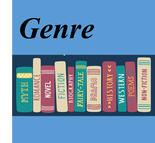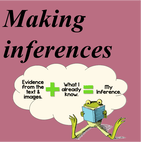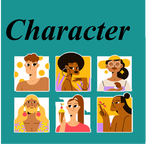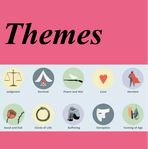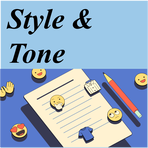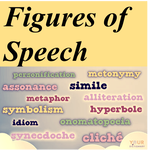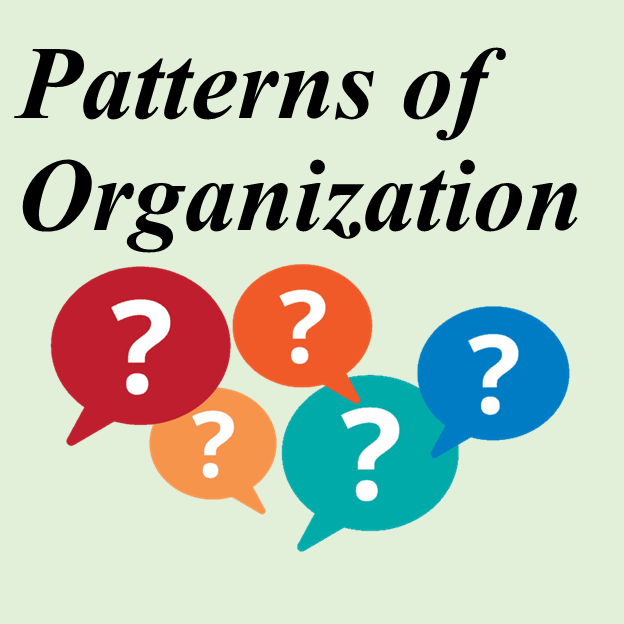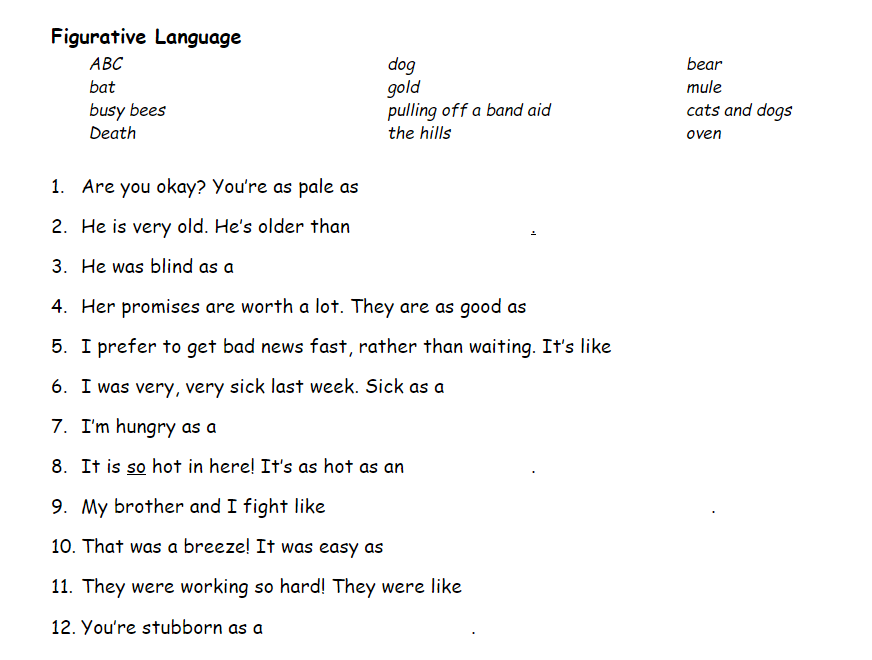Elements of Fiction
Genre
|
Fiction is often broken down into different genres, or categories. Some of the most common fiction genres are fantasy, science fiction, mystery, horror, thriller or adventure. Watch the video below to learn more about the different genres of fiction, and read more about them here.
|
|
Plot Elements
The plot, or story, is typically made up of five elements.
1) Exposition: introduction of characters, setting, and main conflict
2) Rising action: the characters are in crisis and events leading up to the conflict begin to happen
3) Climax: the peak of the story, where characters face their biggest challenge; the most dramatic or exciting part
4) Falling action: the story begins to slow down, resolving all of the action
5) Resolution/Denouement: the conclusion of the story; all conflicts are resolved
1) Exposition: introduction of characters, setting, and main conflict
2) Rising action: the characters are in crisis and events leading up to the conflict begin to happen
3) Climax: the peak of the story, where characters face their biggest challenge; the most dramatic or exciting part
4) Falling action: the story begins to slow down, resolving all of the action
5) Resolution/Denouement: the conclusion of the story; all conflicts are resolved
|
|
Watch the video to learn more about these five plot elements, or read about them here. Answer the practice GED questions about plot elements:
| ||
Making Inferences in Fiction
An inference in fiction is a reasonable conclusion or judgment about some element of a story based on information given in the story and the reader's personal knowledge of how the world works.
Making inferences, or reading between the lines, requires the reader to look for details that provide clues about events, characters or other story elements. These details may give information about the story's setting or a character's background or motivation. By making inferences, you can better understand a character, situation, or other parts of the story that are not explicitly stated.
Making inferences, or reading between the lines, requires the reader to look for details that provide clues about events, characters or other story elements. These details may give information about the story's setting or a character's background or motivation. By making inferences, you can better understand a character, situation, or other parts of the story that are not explicitly stated.
|
|
Watch the video to learn more about making inferences in fiction and download the practice GED questions to practice making inferences on your own.
More practice with inferences:
| ||||
Character
Characters are the fictional people that authors create in their stories. Authors bring characters to life by describing their appearance, thoughts, words, gestures, actions, and other characters' reactions to them. Understanding characters and why they do what they do can help you understand an author's main ideas and themes.
|
|
To analyze a character, you need to pay attention to what characters say and do, how they look and behave, and what others think and say about them. Watch this video to learn more strategies for analyzing characterization.
Practice analyzing characterization on your own with these practice GED questions:
| ||
Theme
The theme of a story is an idea or insight about life, human nature, or the world in general. Themes are usually not stated explicitly in the text; they must be inferred from the details and clues included in the story, and they can usually be expressed in a short statement. Read more about theme here.
One example of a theme is in the story "The Ugly Duckling." A baby bird is left on its own and believes it is a duck, although other ducks see it as different and unappealing. At the end of the story, the duckling grows up to be a beautiful swan . The theme of this story could be stated as don't judge others based on their appearances.
One example of a theme is in the story "The Ugly Duckling." A baby bird is left on its own and believes it is a duck, although other ducks see it as different and unappealing. At the end of the story, the duckling grows up to be a beautiful swan . The theme of this story could be stated as don't judge others based on their appearances.
|
|
Read selected pages from the GED test and practice answering questions on theme:
For more practice with theme, read these poems and answer the comprehension questions:
| ||||
Point of View
|
|
Point of view is the perspective from which a narrative is told. It indicates who is telling the story and how the information is being filtered to the audience:
| ||
Style & Tone
|
Style and tone are elements of fiction which writers use to craft their story.
Style refers to the writer’s choice of diction, sentence structure, and use of rhythm. Style is also created by the choice of literary devices that are used to create the story, such as imagery, symbolism, allegory, personification, and other figurative language. Tone, on the other hand, refers to the writer’s attitude toward their story and the reader. The writer’s tone assists in creating a mood or atmosphere for the story. Read more about style and tone here. Watch the videos to learn more about analyzing style and tone, and download the comprehension questions below for more practice.
|
| ||
Setting
|
A setting is the place and the time in which events of the story happen. Authors create a setting through details such as scenery, items found in a room, or characters’ clothing and ways of speaking.
Setting adds depth and complexity to a story, often driving or foreshadowing events. A story that takes place in the middle of the night in an isolated place, for example, is likely to have a different feel to it than a story set in a high school cafeteria. Read about how to analyze setting here, and download the practice GED questions:
|
|
| ged_-_analyzing_setting.pdf |
Figurative Language
|
Figurative language is writing or speech that is not meant to be taken literally or is used for artistic purposes. Fiction writers use figurative language to engage their audience using a more creative tone that provokes thinking and sometimes humor. It makes fiction writing more interesting and dramatic than the literal language that uses words to refer to statements of fact.
Below is a list of some common figures of speech, but you can read about more examples here. |
|
|
1. Simile
A simile is a figure of speech that compares two unlike things and uses the words “like” or “as” and they are commonly used in everyday communication. A simile is used with the aim of sparking an interesting connection in the reader’s mind. Examples of similes include:
|
2. Metaphor
A metaphor is a statement that compares two things that are not alike. Unlike similes, metaphors do not use the words “like” or “as.” Such statements only make sense when the reader understands the connection between the two things being compared. Examples of metaphors include:
|
|
3. Hyperbole Hyperbole is an exaggeration that is created to emphasize a point or bring out a sense of humor. It is often used in everyday conversations without the speaker noticing it. The exaggeration is so outrageous that no one would believe that it is true. It is used to add depth and color to a statement. Examples of hyperbole:
|
4. Personification Personification is the attribution of human characteristics to non-living objects. Using personification affects the way readers imagine things, and it sparks an interest in the subject. Examples of personification include:
|
|
5. Onomatopoeia Onomatopoeia is a language that names something or an action by imitating the sound associated with it. They add some reality to the writing. Examples of onomatopoeia include:
|
Practice identifying figurative language:
| ||||||||
For more practice with figurate language, identify some common idioms below:
Cause & Effect
In fiction writing, authors use cause-and-effect relationships to develop their stories. A cause is an element, such as an action, an event, or a situation that makes something happen. An effect is what happens as a result of that cause. What one character does in one part of the story can affect the same character or another character in another part of the story. A cause can have more than one effect and an effect more than one cause.
|
Watch the videos to learn more about cause and effect relationships, and download the GED questions for more practice:
|
| ||
|
|
|
Compare & Contrast
|
Authors use comparisons and contrasts to describe the people, places, or conflicts in their stories. When authors make comparisons, they show the similarities between two or more elements. When they show contrast, they emphasize the differences. Comparing and contrasting can help you sort out and analyze information. You can group details, events, or people by their similarities and differences.
Likewise, in the same way, similarly, and like are all signal words that indicate similarities. On the other hand, however, whereas, unlike and but indicate differences. Watch the video and download the GED questions to practice more with comparing and contrasting: |
| ||
